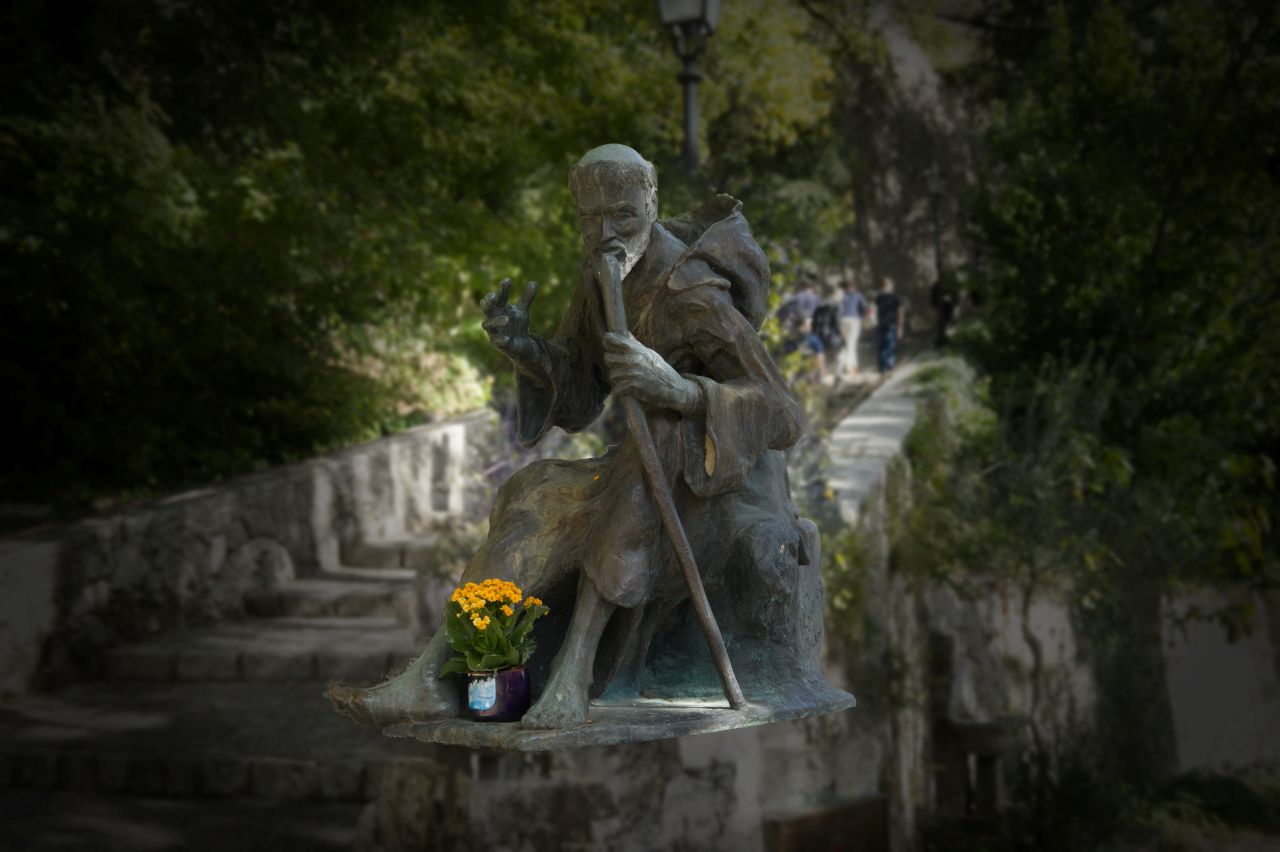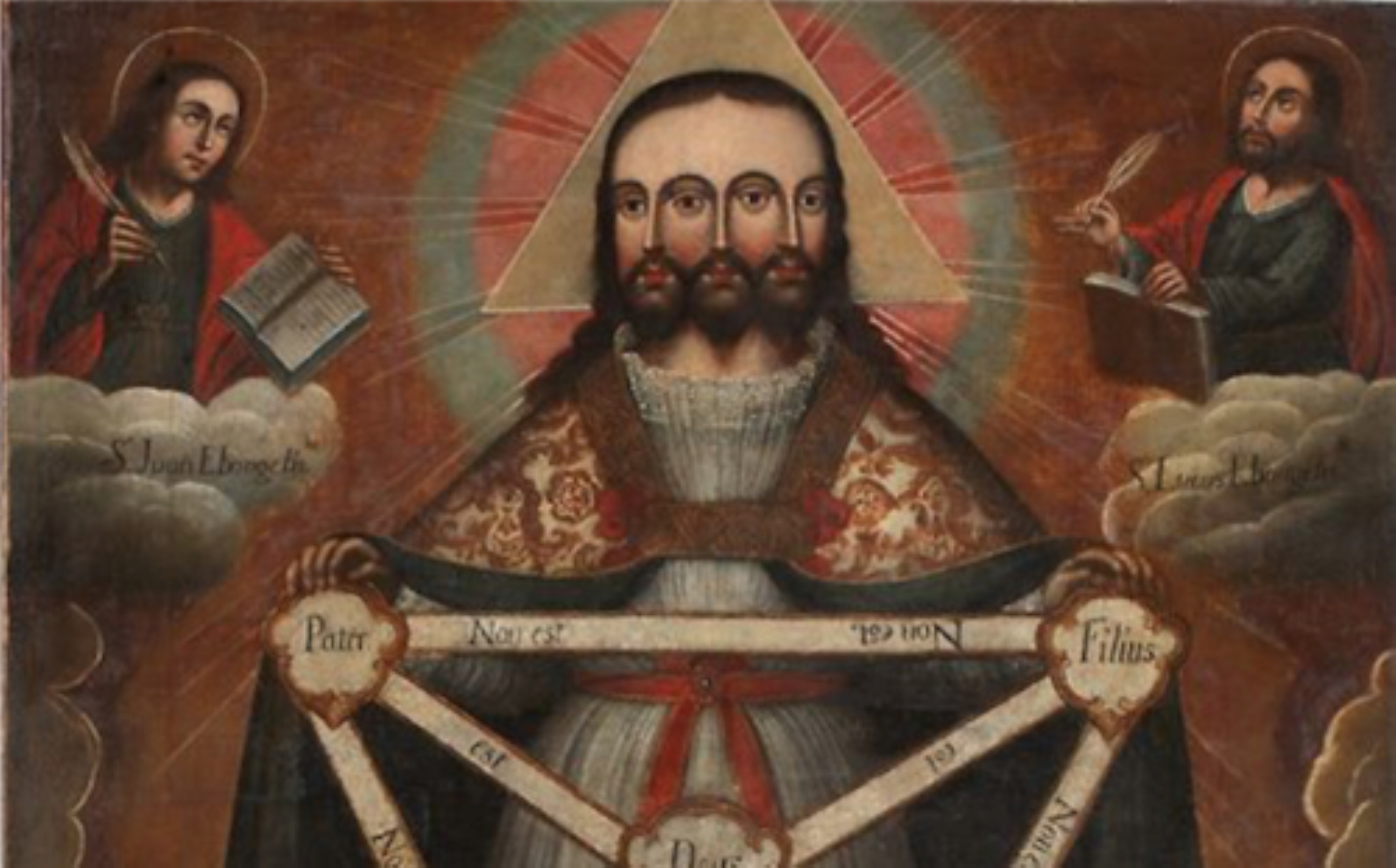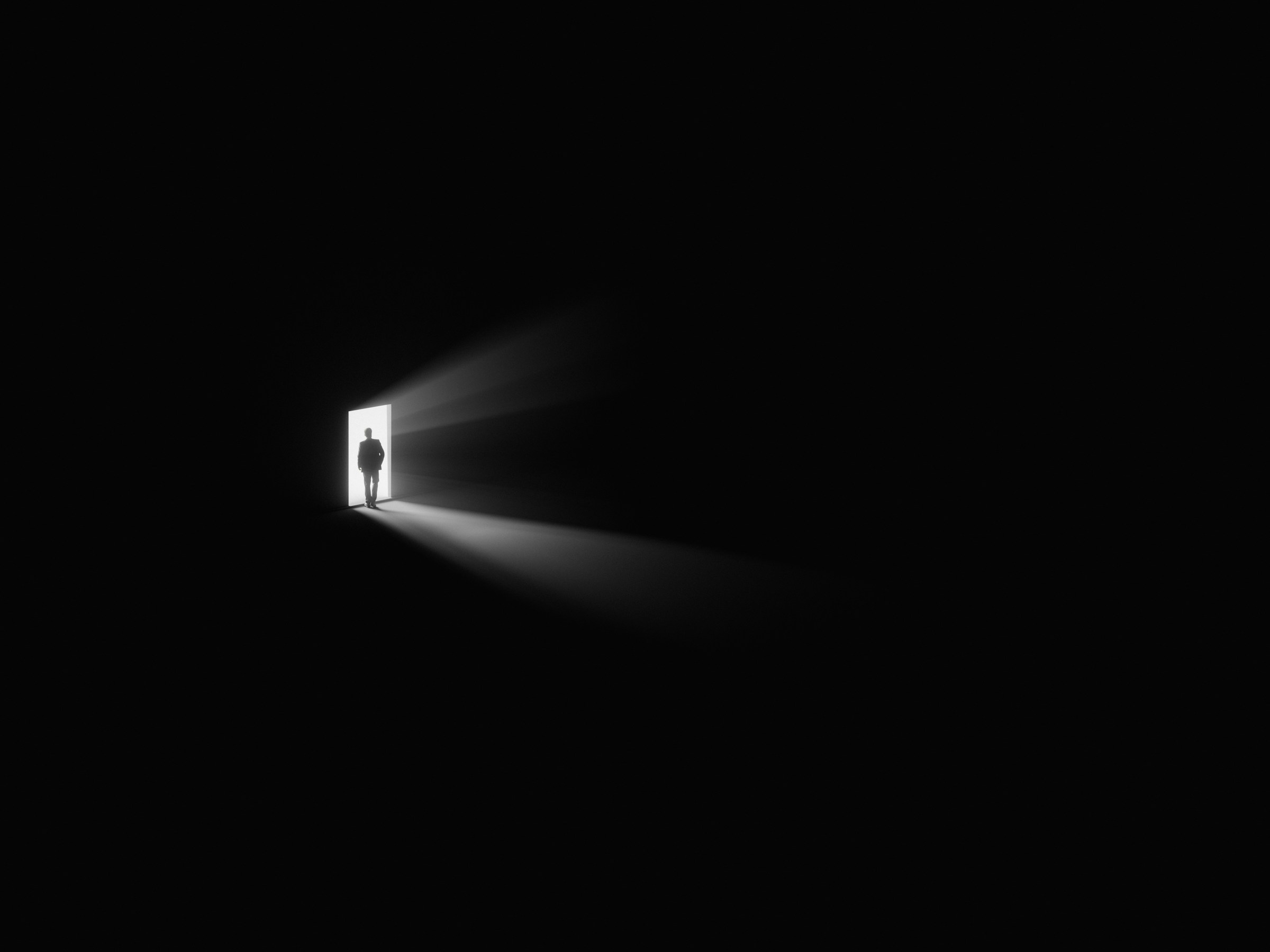This question, uttered in moments of anguish, has passed through the lips of every believer who has felt the silence of Heaven. It is not merely a protest born of despair; it is, in a mysterious way, already a movement towards faith. For even in asking, “Where are You?”, the soul confesses that God exists and that He should be near. The cry itself becomes a form of prayer — the heart’s trembling search for the One who is hidden yet ever-present.
While reflecting upon this question, I found myself drawn to Fr Iain Matthew’s luminous work, The Impact of God: Soundings from St John of the Cross, wherein he explores how divine absence becomes the very medium of God’s transforming presence. Reading his words, I recalled the ancient art of developing photographs — a practice now almost lost to our age of instant images. In the darkroom, where no light may intrude, the latent image slowly emerges upon the film. Only when the process is complete is it brought into the light, where the image — once invisible — is revealed in all its clarity.
Yet there is a profound difference between the human artist and the divine. The photographer, despite his skill, may err in the delicate process — a slight imbalance, an excess of exposure, and the image is marred. But in God’s darkroom, there are no errors, no accidents. The divine Artist never overexposes nor underdevelops the soul. His work is flawless, even when the subject — our own fragile humanity — resists the light. What seems blurred to us is, in His design, already taking shape with perfect precision. We may see confusion; He sees completion.
How fitting a parable this is for the spiritual life. God, the Divine Artist, works not only in the light but also in the obscurity of our nights. Often, we imagine that darkness signifies His absence, yet Scripture and the mystics teach us otherwise. “Truly, You are a God who hides Himself, O God of Israel, the Saviour” (Isa 45:15). In the concealment of suffering and the silence of faith, God is not idle; He is impressing His likeness upon the soul.
St John of the Cross would remind us that what we perceive as divine withdrawal is, in fact, a deeper drawing near — a purification that detaches us from superficial consolations so that we may cling to God alone. The darkness is therefore not punitive but creative. It is the workshop of grace, where the soul is stripped of illusion and fashioned anew in the truth of love.
As the photographic film cannot receive the image without the darkness, so the human heart cannot be transformed without passing through the shadow of faith.
Indeed, God never abandons His creature; He perfects it through hidden action. Just as the seed must rest in the darkness of the soil before it bursts forth into life, we too must allow ourselves to be planted in the mystery of the Cross, the Word and the Sacraments. It is there — in the silence of Gethsemane, in the seeming failure of Calvary—that divine light first entered the world’s darkest night.
If we have the courage to remain in that darkness with trust, a quiet transformation begins. Gradually, the eyes of faith adjust to the obscurity, and we begin to discern, not the absence of God, but the faint radiance of His presence — a light not seen by the senses but perceived by love. Such is the paradox of faith: that the very place which seems to conceal God becomes the place where He most fully reveals Himself.
In this way, the darkness of our lives is not opposed to God’s light; it is the veil through which it shines more purely. When the soul, illumined from within, emerges from its hidden encounter with God, it carries a light not its own — a light refined by suffering and tested by silence. This is the light that the world most desperately needs: not the artificial brightness of human optimism, but the serene radiance of one who has walked through the night with God and learnt that His fidelity endures forever.
Thus, we discover that the question, “Where is God when I need Him?” finds its answer not in the removal of darkness, but in its transfigurative nature. The God who seemed absent reveals Himself as the One who has been working all along — fashioning within us in His image, that we might become bearers of His light. As St Paul writes, “For it is the God who said, ‘Let light shine out of darkness,’ who has shone in our hearts to give the light of the knowledge of the glory of God in the face of Jesus Christ” (2 Cor 4:6).
In the end, the darkness itself becomes luminous, and what was once a place of fear becomes a sanctuary of divine intimacy. The Cross remains the truest “darkroom” of God’s love: there, in apparent defeat, the eternal image of redemption was developed—and from that darkness, light has never ceased to shine.











